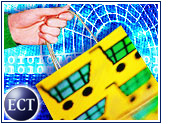
As technology advances and American consumers have more ways to connect to the Internet, e-commerce will shift away from the personal computer and toward a range of devices, with different technologies being used for different purposes, according to a report issued Wednesday by Gartner (NYSE: IT).
E-tailers and technology companies, the report said, need to be prepared for the shift and should tailor their investments accordingly.
“They need to assess what it is they’re selling, how they’re selling to consumers now, and plan for the one or two or three imperatives that suit their business,” David Schehr, research director for Gartner’s G2 division, told the E-Commerce Times. “It’s not a one-size-fits-all game.”
Mobile Devices vs. TVs
Mobile devices, for example, will be used primarily for purchasing “time-sensitive or alert-driven purchases” or “location-specific” transactions, like tickets for public transportation and entertainment, according to Mike McGuire, research director for Gartner’s G2 division.
Interactive TV, said McGuire, “will be most often used in responsive mode, in reaction to an advertisement or other stimulus during normal television viewing.”
Gartner does not expect Internet-ready television set-top boxes to be fully up and running until about 2005. By then, however, more than 10 percent of U.S. business-to-consumer (B2C) e-commerce will be conducted over non-PC devices, the Gartner report said.
Poised for Growth
The firm predicted that $204.8 billion of the $227.7 billion in e-tail sales predicted for 2005 will be done through PCs, $9.5 billion in purchases will be made through mobile devices, and $13.4 billion will be conducted through TV sets.
Consumers “will be willing to use any or all platforms, individually or in combination, as the occasion and opportunity allow,” Gartner said.
Schehr added that “because of differences in capabilities and functionality, consumers will favor different platforms for different roles and at different times.” That means e-tailers, service providers and technology companies “must make strategic investments and development decisions that take full advantage of the range of existing opportunities,” he said.
Think Synergy
“Most companies cannot afford to try every new e-commerce idea, so they must choose wisely to get the greatest payoff from their investments,” said Schehr.
E-tailers, he said, need to think of PCs, mobile computers and interactive TVs as “three separate, distinct, independent channels,” while at the same time trying to anticipate the ways consumers will use those channels in combination.
Retailers, Schehr said, can “help consumers use the channels synergistically.” For example, he said, an online merchant can provide a setup that allows the consumer to make shopping lists on a PC, then order by mobile device.
Delivery Time
Interactive TV, meanwhile, could be used for impulse purchases, and ads could be targeted that way, Schehr said. A pizza chain, for example, could pitch its delivery service at the start of the Super Bowl, suggesting consumers use their TV remotes to order pizza for delivery at halftime, he said.
Schehr said that companies are likely to use Europe as a “proving ground” for new strategies.
“Europe is more mobile- and interactive TV-oriented, and less PC-focused, so it provides better near-term testing opportunities for these systems,” he said.



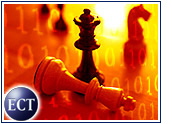
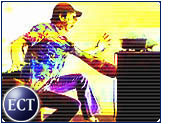






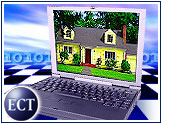
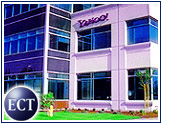


































China is actually the best place to test out these new m-commerce related ideas, since the PC penetration is relatively low, but cell-phone penetration is high, with over 100 million cell users, it is the second largest cell country in the world.